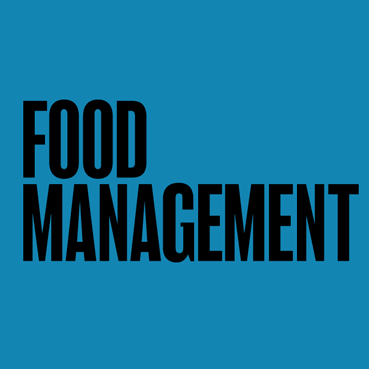GAO:School Meal Programs Face ChallengesGAO:School Meal Programs Face Challenges
July 1, 2003
FM Staff
Two new reports released by the U.S. General Accounting Office in May take an updated look at the National School Lunch Program and some of the issues affecting schools’ ability to address nutrition and obesity concerns.
The first report, Efforts Needed to Improve Nutrition and Encourage Healthy Eating, found that American schools have made significant strides in terms of meeting the stricter nutritional guidelines established for the USDA school lunch program in 1996, but that continuing improvement is needed.
School lunch programs have significantly reduced the average proportion of calories from fat in reimbursable lunches from 38 to 34 percent in the period between 1992-93 and 1998-99, the two periods from which school lunch data was compared.
While schools "have taken a variety of innovative steps to overcome barriers," and most lunches meet requirements for nutrients such as protein, vitamins, calcium and iron, GAO found that more than three quarters of them still do not meet the required 30 percent limit for calories from fat. It also said that efforts to encourage healthy eating by students could be increased.
Based on national studies and on-site reviews of school lunch activities at 22 schools in five states, the report noted that:
k While nutrition is taught by most teachers, studies suggest the amount of time now devoted to nutrition is not enough to have an impact on children’s behavior.
k Students typically have access to food from a number of sources other than USDA-regulated meal programs, including vending machines, a la carte lines and school stores.
k Reports from school officials suggest that when healthier foods are introduced, they take a risk that students will buy fewer school lunches, resulting in loss of needed income. This tendency is only partly addressed by efforts to offer popular foods such as pizza with modified recipes to lower the fat content, or to conduct taste tests with students before adding healthier choices.
In the second report, School Meal Programs: Revenue and Expense Information from Selected States, GAO studied how the balance of school foodservice revenues and expenses has changed since USDA established more stringent requirements for the nutritional content of school meals in 1996. The key findings:
k A small, but increasing shortfall exists in total revenue compared to expenses, based on data collected from public school food authorities in six states between 1996-97 and 2000-01.
k Significantly, the portion of school foodservice expenses covered by federal reimbursements declined from 54 to 51 percent, while a la carte food sales are becoming an increasingly important source of revenue. A la carte foods are typically not covered by federal nutritional requirements and some "may have limited nutritional value," GAO noted.
k School food authority officials have expressed concerns that, as their districts face tighter budgets, they may not be able to absorb the shortfalls in the future.
k Major efforts to reduce food and labor costs have already been made by schools in efforts to minimize the impact of funding shortfalls
k A strategy of increasing meal prices to generate revenue is viewed as a last resort in most districts and as likely to meet very significant resistance from school boards and parents.
The two reports can be obtained in PDF format from the GAO website. Go to www.gao.gov.
About the Author
You May Also Like




.jpg?width=300&auto=webp&quality=80&disable=upscale)

